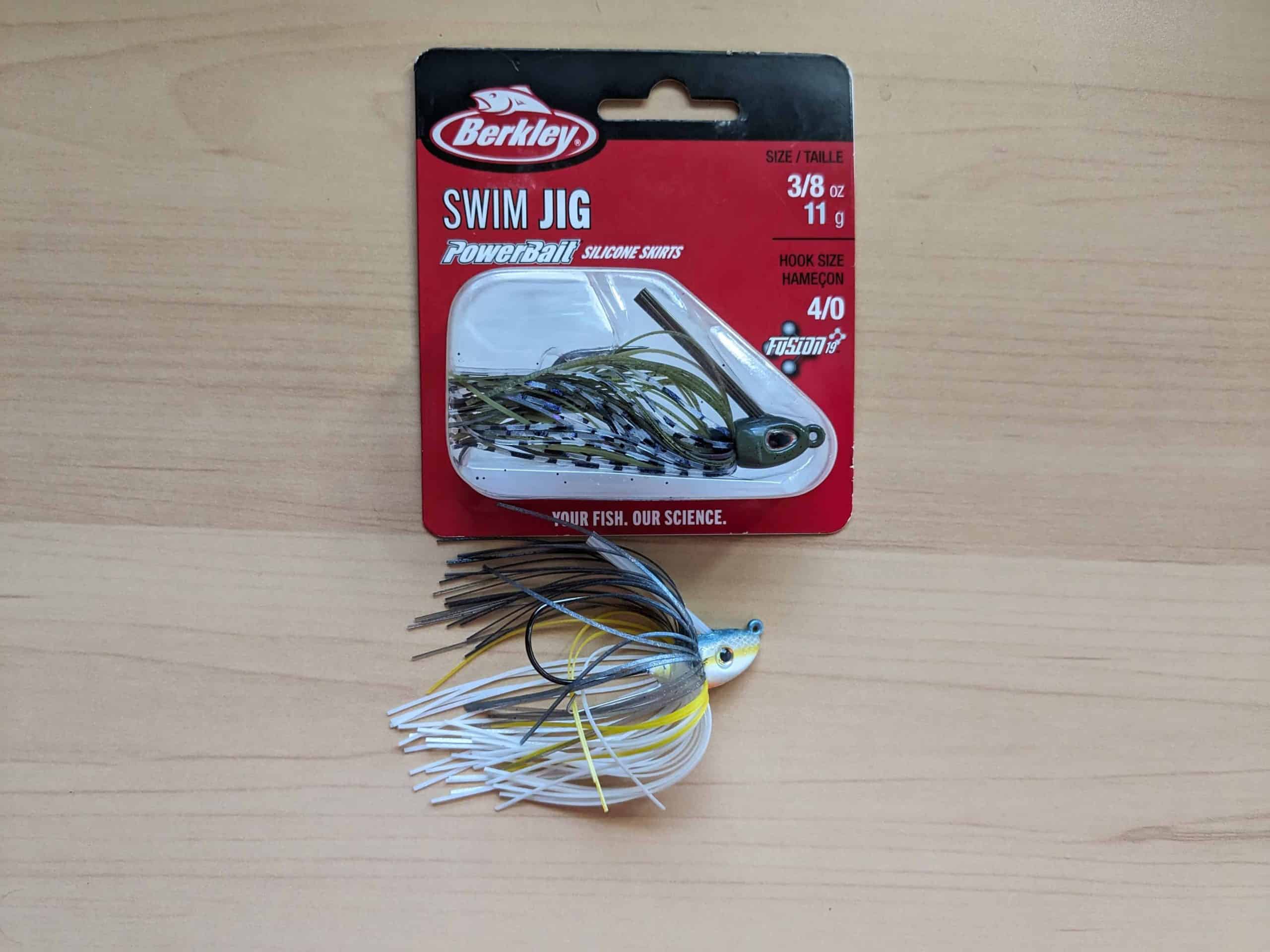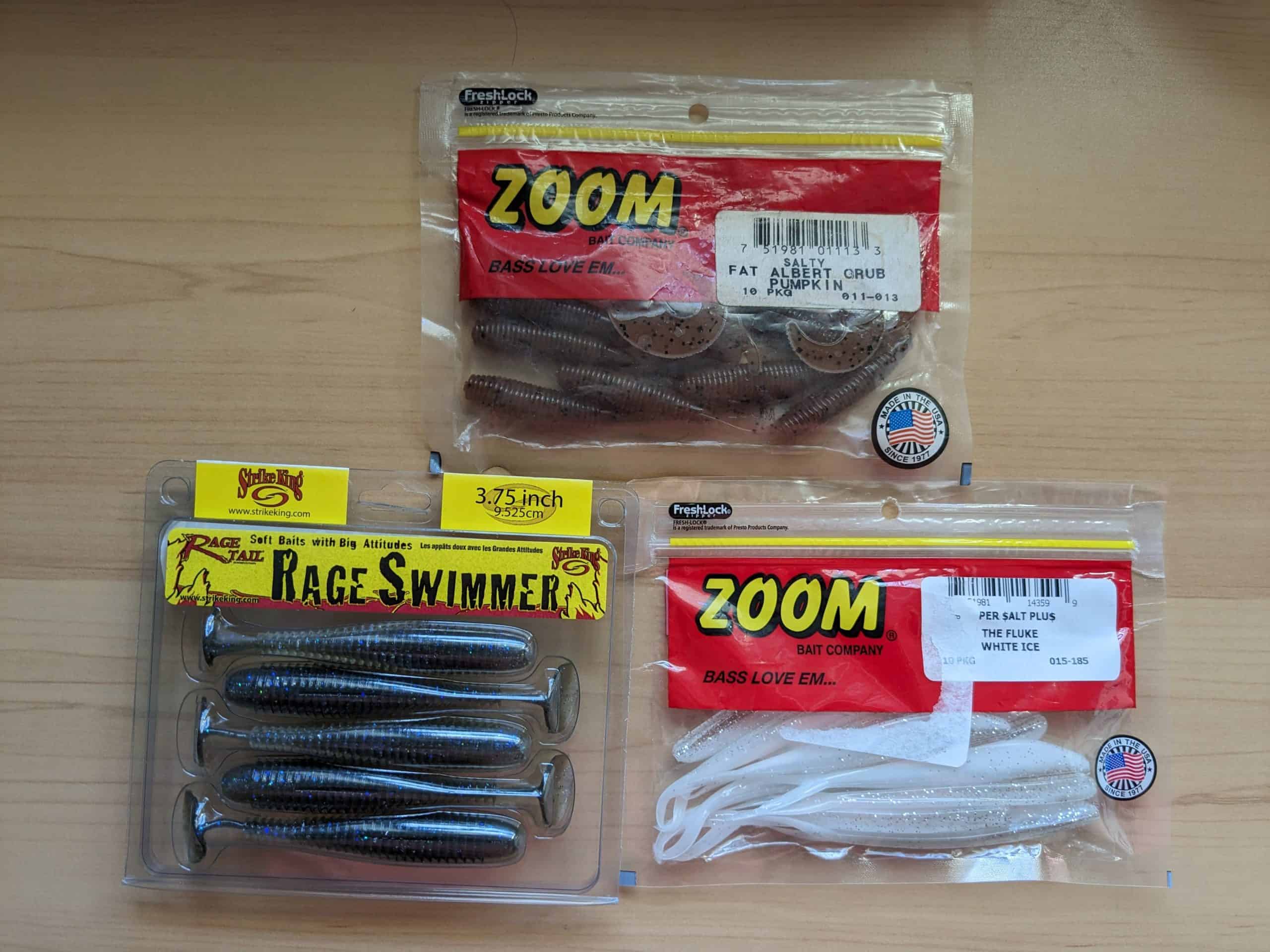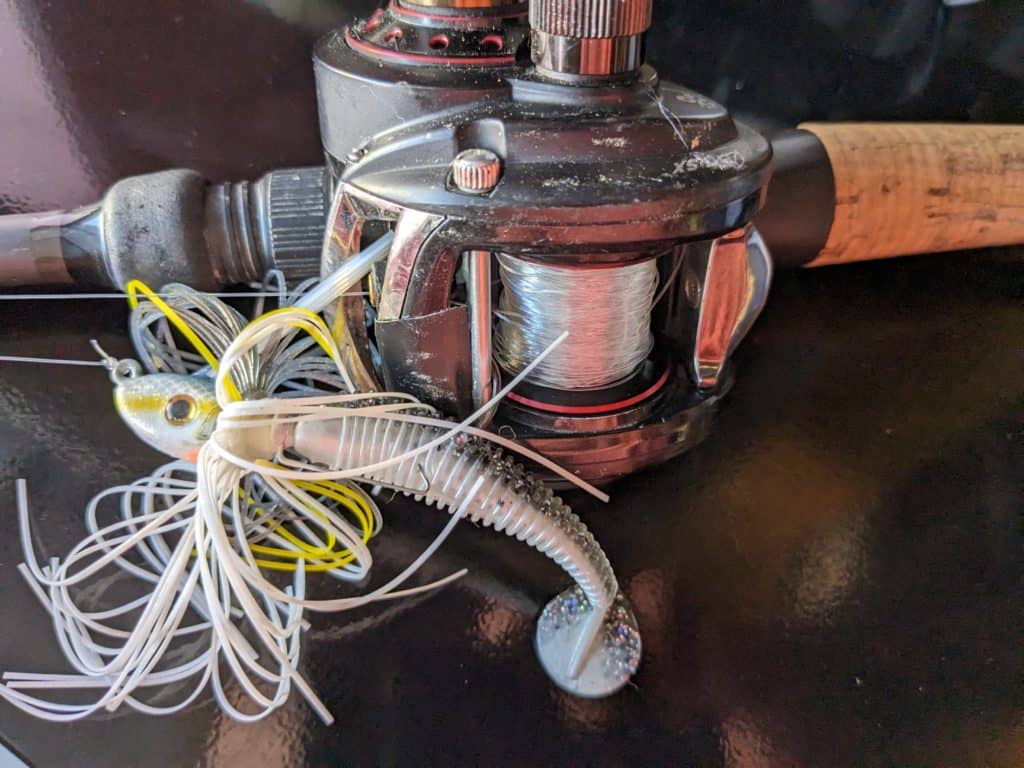In the realm of bass fishing, folks tend to follow trends in regards to what they fish and then resort to confidence baits when the fishing gets tough. What always blows me away, is that summer swim jigging is almost a forgotten entity altogether. The grass gets thicker and anglers tend to hit structure or deeper water with monstrous football jigs, or pitch and flip in the thickest slop to hopefully pull out a bass or two. If you mention a swim jig, at least where I am from, people look at you like you just spoke French. Today, we aim to change that and convert some believers to summer swim jigging.
Swim jigs offer a versatile and effective method of enticing bass, even during the challenging summer months. In this guide, we’ll dissect the intricacies of choosing the right swim jigs, fishing them effectively, and the necessary gear to enhance your bass fishing success. While I know we haven’t gotten into the article yet, let me introduce you to the Godfather of the swim jig, Tom Monsoor. If you don’t know who Tom is, well, prepare to see the craziest collection of bass fishing lures. Ever. You are welcome, just show that video to the lady when you make your next big order.
Understanding Summer Swim Jigging
Swim jigs, the forgotten step child in jig fishing, have a streamlined design that allows them to effortlessly glide through various types of cover without snagging. A swim jig’s action imitates that of a fleeing baitfish or crawfish, a staple in a bass’s diet, making it a great tool for enticing aggressive strikes. Think a virtually weedless swimbait, that you can fish in a ton of areas and almost any time of the summer.
Choosing the Right Swim Jigs for Summer Bass Fishing
Choosing the right swim jig is crucial in your quest to hook summer bass. Let’s explore the different types of swim jigs and what makes them stand out.
1. Grass Jigs: With their pointed nose, grass jigs easily slip through dense vegetation, an ideal trait for summer fishing when bass often retreat to shady underwater grass beds. They won’t have as stout of a hook, but can still bust through vegetation and rip some lips with ease.
2. Flipping Style Swim Jigs: These jigs are built for heavy cover fishing. Their stout hooks and bulky profile are designed to pull bass from thick cover, such as lily pads or submerged timber. Often referred to as California Swim jigs and a variety of other names, you can be sure these will get you through those dicey areas.
3. Finesse Jigs: These smaller, lighter jigs excel in clear water situations or when bass are more lethargic. Finesse jigs are perfect for subtle presentations, often tempting wary or pressured fish into biting. Several companies make smaller, more finesse swim jigs. These are awesome to use in a variety of situations, and can be a great presentation for pressured bass.
In regards to my favored swim jigs, I have a few that I tend to pick up that I find work in my budget for performance and price. These are the Strike King Pro Tour swim jigs, Berkley Swim Jig, and the 6th Sense Divine Swim Jig. I suggest you try a variety of baits to find your favorites, but I think these are very solid jigs at reasonable prices. What more can you ask for?

How to Fish Swim Jigs for Big Bass
Now that you have the right swim jig, it’s time to understand the effective techniques of fishing them.
1. The Straight Retrieve: The standard method involves casting the jig and retrieving it at a steady pace. This ‘swimming’ action simulates a baitfish, attracting big ole bass. It almost really is that simple, and I probably don’t deviate from this retrieve more than 10-20% of the time. For some solid proof, check out the TacticalBassin video on how they retrieve a swim jig. Their video also goes into a variety of other trailers you can use that may improve your success.
2. The Yo-Yo Technique: This technique involves retrieving the jig with a rhythmic, up-and-down motion. The resulting ‘falling’ action often triggers a reaction bite from the bass, or a Yo-Yo. While I virtually never use this approach when fishing a swim jig, it never hurts to try and test your results.
3. The Flipping and Pitching Approach: This approach is highly effective in dense cover. Cast the jig into the cover, let it sink, and then shake your rod tip to provide action. In reality, there is definitely a better jig for this type of fishing. However, who wants to retie or pick up a different combo? I don’t hesitate to chuck it in the cover and hope for the best. Worst case scenario, you are giving the fish a different presentation than the other guys.
4. Using Trailers: Adding a trailer to your swim jig can increase its action and profile. Plastic crawfish, grubs, or paddle-tail swimbaits are all excellent choices for swim jig trailers. I am not a master on what trailer and I won’t pretend to be. However, I have had good success with Strike King Rage Tails, Storm Largo Shads, or even a grub! My suggestion is don’t hesitate to try out any trailer bait, and see what happens.

Gear Needed to Fish a Swim Jig Effectively
Fishing a swim jig requires some specific gear to ensure the best performance and hooking potential. Here is hot tip, a swim jig is an awesome tool for us bank fisherman. Looking how to make your bank fishing experience better? Check out this article that should give you some solid tricks that you can use next time you get out.
1. Rod: A medium-heavy to heavy power, fast-action casting rod of about 7′-7’4″ in length is ideal for swim jig fishing. This allows for long casts, good control, and sufficient power to pull bass from cover. For the Midwest guys or lakes that aren’t choked with vegetation, I like Medium Heavy. For the super thick stuff, I would suggest sticking to a Heavy broomstick.
2. Reel: A high-speed baitcasting reel (with a gear ratio of around 7.1:1) is perfect for swim jig fishing. It offers fast retrieves, allowing the jig to stay in the strike zone for longer. I would steer clear from your super cheap baitcaster reels and spend a little more for a nicer reel that has a decent drag to help you reel them in if they do dive for the thick grass. For budget options, I am big fan of a Lews Speed Spool LFS or Shimano SLX. This will net you a super solid reel for $100 or less, and you don’t have to worry about beating it up and replacing it later as they both can take some abuse.
3. Line: Braided line of around 20-540 lbs is perfect for fishing in heavy cover due to its high abrasion resistance and zero stretch. However, for open water situations or clear waters and not super thick cover, I have no issues throwing fluorocarbon or monofilament in the 14-20lb range. For brands, I am not a picky fella. I typically buy whatever Stren or PowerPro line that is on sale and don’t worry about it. For knots, I don’t hesitate to tie on a double palomar or San Diego Jam knot. Haven’t had a knot slip yet, so take that for what it is worth.
End of The Line
To conclude, swim jigs are a versatile and potent weapon in the summer bass angler’s arsenal. Choosing the right type, mastering the techniques, and equipping the proper gear are essential steps towards successful swim jig fishing. As you gain experience and fine-tune your tactics, you’ll find that big bass and swim jigs go hand in hand during the hot summer months.
So gear up, start summer swim jigging, and get ready to add another confidence bait to the arsenal. Happy fishing!
Tight lines,
Dawson
